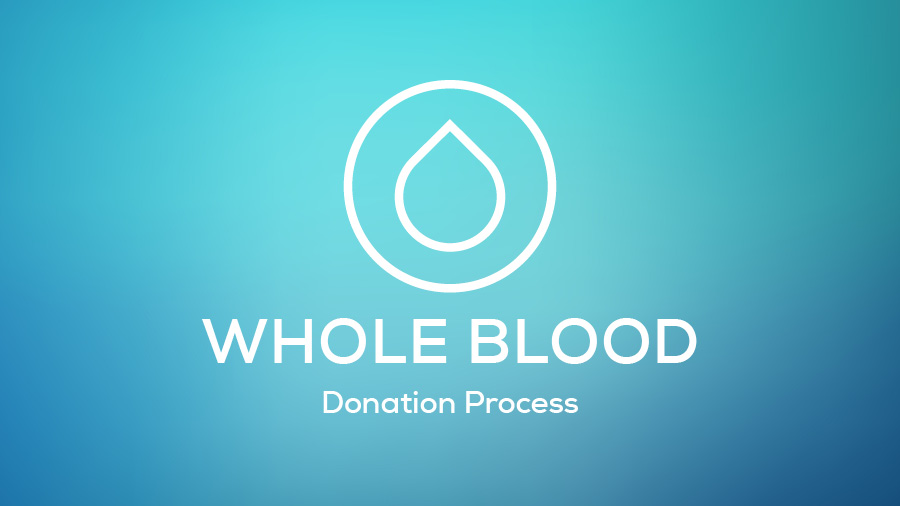There is an URGENT NEED for all blood types, including whole blood and platelets, to help patients right now. PLEASE DONATE TODAY.
What Does the Donation Process Look Like?
The process of a whole blood donation involves several simple steps. Watch the video to learn more.














